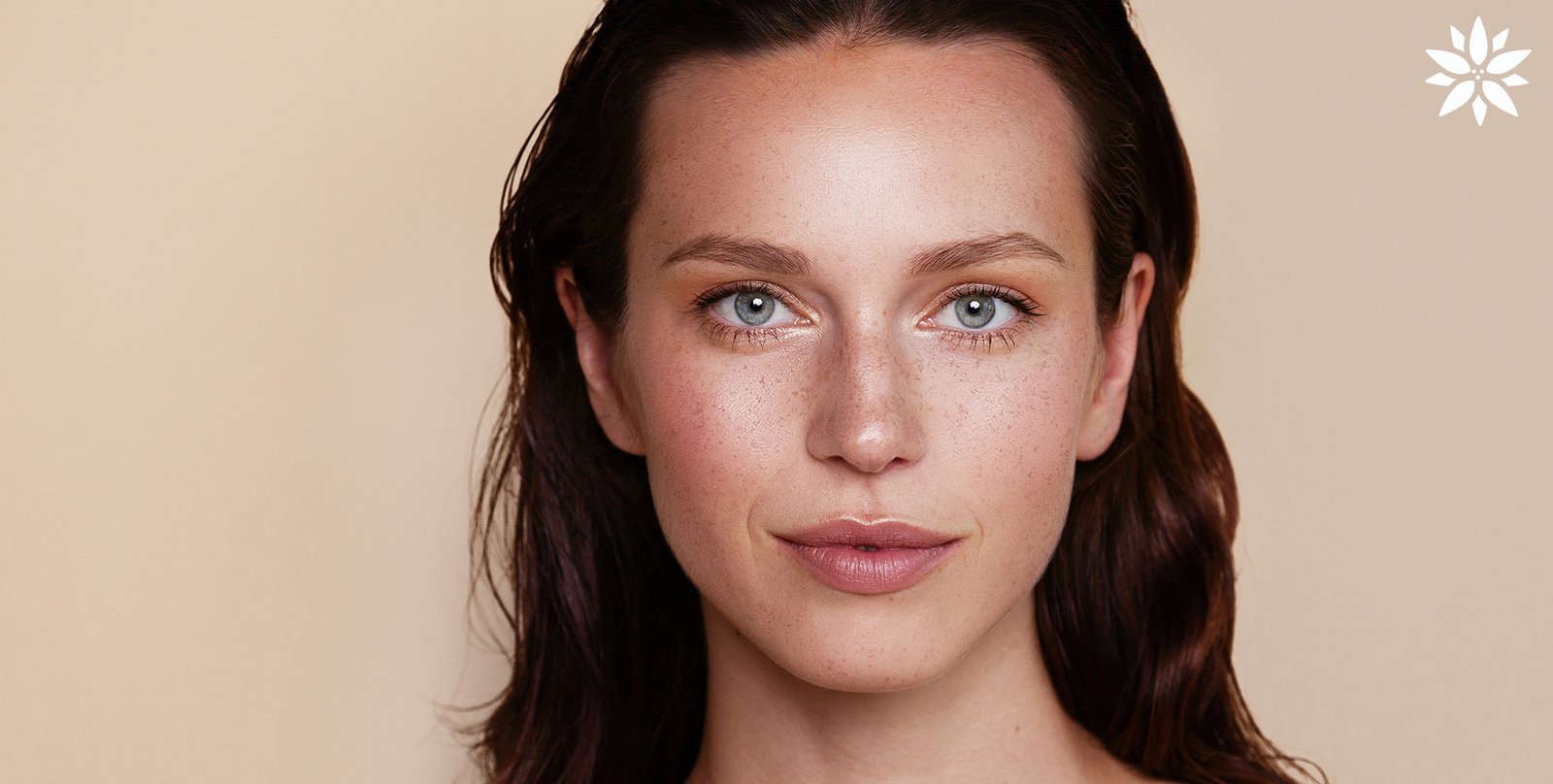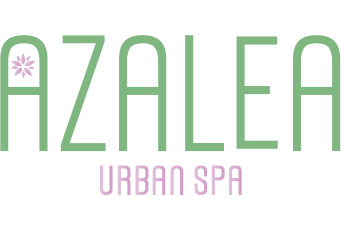
Skin Types: You Should Know Yours!
Do you know your skin type?
The first step to look after your skin appropriately is to find out which skin type is yours. Normal, dry, oily or combination are the types you can identify with. After knowing that, through a skin consultation, it is important to keep the balance between the hydric (water) and oily (sebaceous glands) aspects.
Let’s dive in to understand more about each of these skin types:
Normal
The normal skin type has a good balance between hydration and oils. Its pores are normally nice and closed, for this reason, it is not so prone to acne and blackheads. Normal skin texture is healthy, velvety, and it has a fresh and soft appearance.
Normal skin care: If your skin type is normal, meaning, you are often happy with the balance of your skin, the daily cleansing should be with a soft agent, which often caries alpha-bisabolol as an active ingredient, that has a calming and anti-inflammatory action.
Dry
This skin type shows a water deficit and is more likely to present breakages and redness. Dry skin often has less visible pores, a dull and opaque aspect, and is likely to present fine lines and cracks. One can have this skin type due to the genes, hormones, like during menopause or thyroid complications. This is the type of skin that can suffer from premature aging. The cold and dry weather, as well as a shower routine with very hot water, may contribute to the dryness.
Dry skin care: Try to drink at least 2 litres of water every day. Attention to the shower routine: avoid taking too hot baths and showering for too long, also attention to the excessive use of soaps and sponges that might remove the protective layer of your skin. With so many options to choose from, dry skin people should also be more careful when choosing cosmetics.
Oily
An oily skin type is notorious for producing fat in excess. It presents an intense shine, a lot of humidity, a thick texture and a sticky feel to it. It often shows enlarged and irregular pores and is prone to acne. Besides genetic inheritance, an oily skin type can be caused by hormonal factors, sun exposure, stress and fat food intake. Unlike what is thought, an oily skin type oil production is similar to the combination type. The difference is that, on oily skin, this production happens throughout the whole face and not just the T zone. It is the type of skin that is more prone to having blackheads and acne.
Oily skin care: If your skin is oily and has a tendency for acne, it is recommended is to wash it with products that contain active agents capable to remove excess oil. These cleaning ingredients offer a drying action and oil control: sulphur, arnica extract, etc.
After cleansing the face, the skin shouldn’t feel tight and dehydrated.
Mixed
The most common skin type, this skin presents different features in different areas of the face. Generally, the T zone (forehead, nose and chin) is more prone to be oily and enlarged pores. However, on the other areas of the face (eyes, cheeks and sides) it resembles the dry skin type. For this reason, the T zone has a shiny aspect, and it is likely to have bumps and blackheads. On the sides and cheeks, on the other hand, the skin may look flaky with low or no bounce at all.
Combination skin care: If you have a combination skin type, it is important to use a soft face wash or cleansing tonic. The best face washes are the ones that you can use twice a day without experiencing dryness.
A visual test
One way to identify your skin type is to identify the amount of oil production. This visual test does not replace a dermatologist valuation, but it may help you to understand your skin better.
1) Wash your face and do not apply any cosmetics or products. After at least a couple of hours, get a tissue and press it lightly over your face.
2) Remove the tissue and watch out for:
3) If debris and excess oils are almost not visible, your skin type is normal.
4) If the tissue does not show any sign of oil residue, your skin type is dry.
5) If you can see signs of oil and debris only around the T zone (forehead, nose and chin), your skin type is combined.
6) If the oil residues are shown all over the face, your skin type is oily.
Book a skin consultation with us at Azalea Urban Spa, we care about you and your wellbeing above anything else. Look after yourself and be happy!
Did you like this article? Share it with a friend.



